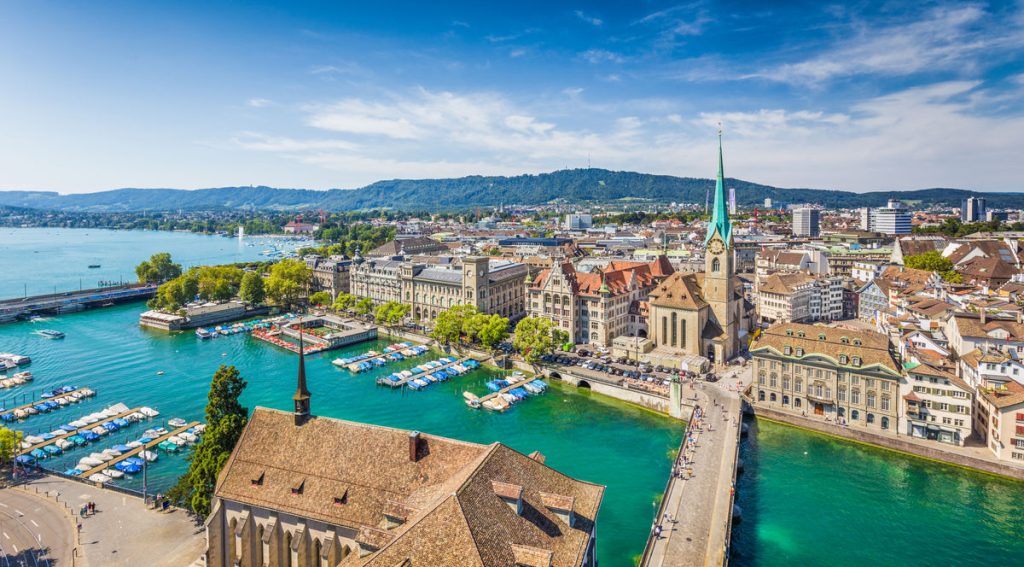Europe is known for being many things. Romantic? Certainly. Historical? Always. Cheap? Not so much.
Travel in Europe has never had a reputation for being light on the wallet, and while prices vary from country to country and city to city, you'll have to put in some effort to get a cheap trip here.
That said, many small savings can add up to a much cheaper experience than the next traveler, and the following tips will help you achieve a budget-friendly European trip.

A young woman walks in front of the Eiffel Tower in Paris. (Photo credit: Contiki)
Head held high in the off-season
Without a doubt, the most important factor in the prices you will pay for your flight and accommodation in Europe, usually the two biggest expenses when traveling to Europe, will be the dates you choose to visit.
Be as open-minded and flexible as possible and the savings will start from there.
Summer is the time of year when prices and visitor numbers are at their highest. If you can avoid this season, avoid it. Also, the shoulder seasons of late April, May, September, and early October are becoming increasingly popular. The last real “low season” is late October to November, then January, February, March, and early April.

Traveler boarding a plane. (Photo credit: forenna / Adobe Stock)
Be flexible on flights
Once you've set aside your flight money, set alerts for good deals.
When it comes to flights, always remember that if you're stuck to fixed dates, airlines will put you exactly where they want you, so be sure to take advantage of the “Calendar View” options available on sites like Kayak, Google Flights, and Skyscanner.
Some travelers even swear by using incognito mode on their browser or purchasing flights on the airline's website in the local language in order to save money on flights.
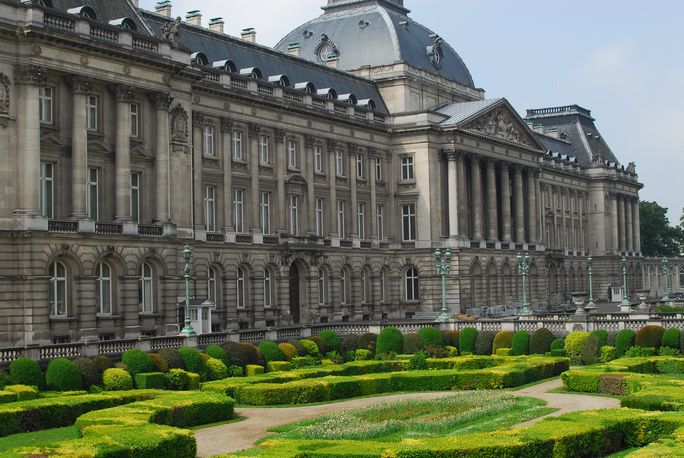
Royal Palace of Brussels, Belgium. (Photo credit: martin_vmorris / Flickr)
And on the entry points
If you are restricted by certain dates (school holidays, special events), tailor your flexibility to where you land. Europe has a robust public transportation system, so use it to your advantage. You don’t have to upend your trip, consider flying to one location and taking a train or bus to your destination.
If you're looking to fly to Paris, also look for flights to cities with direct high-speed rail connections to the City of Lights like Amsterdam, Brussels, London, Geneva and Frankfurt.
You could also consider flying transatlantic with a traditional airline, but opt for a European budget airline once you arrive. This is particularly effective for reaching Mediterranean resorts and islands (basically anywhere Europeans go for their summer holidays). The wider your network, the more likely you are to save money.
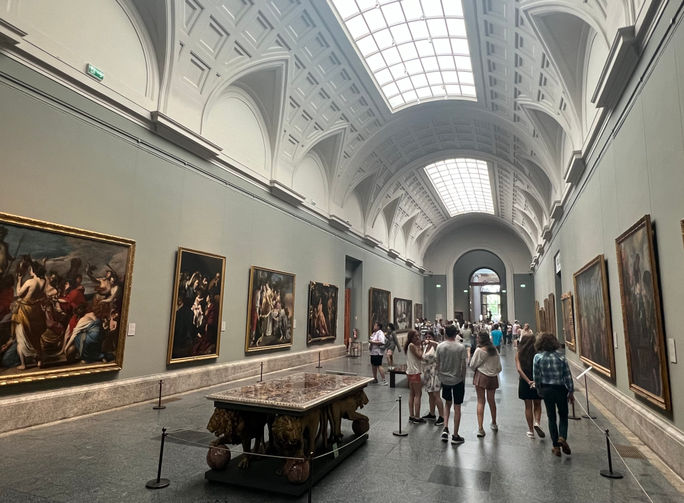
Inside the Prado National Museum in Madrid. (Photo credit: Photo by Paul J. Heney.)
Visit tourist sites at a lower cost
By booking in advance, you'll never pay more to buy tickets to an attraction you're interested in. So take advantage of it whenever possible. Also, look for free attractions or discounted admissions wherever you go. Some of Europe's largest museums have special times or days when admission is free. For example, the Prado Museum in Madrid offers free admission for two hours every afternoon, and the Louvre in Paris offers free admission on the first Sunday of every month, except July and August. Then there's Italy, where over 400 museums are free on the first Sunday of every month.
Add to this list places like the Musée d'Art Moderne de la Ville de Paris, the British Museum and National Gallery in London, the National Museum in Copenhagen, and many more, which are always free.
Often, discounts are available for seniors, children, or students, so always check. Hey, it never hurts to ask.
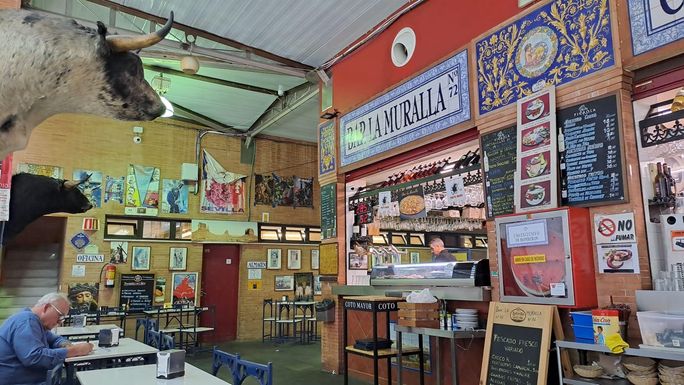
Market in Seville, Spain (Photo credit: Scott Hartbeck)
Think before you eat and drink
European markets are a free attraction in their own right, but they’re also great places to buy food on the cheap. And when I say “markets,” I mean the ones where locals bustle about buying the ingredients for their dinner, not the street food halls that are popular with online shoppers, which, while great, come with a higher price tag.
When eating out, opt for a large lunch rather than dinner, as set meals can often be served during the day for less than in the evening.
Eating and drinking on an outdoor terrace can be more expensive, especially in prestigious places like St. Mark's Square in Venice or Paris, so always check the menu and prices (inside or out) before you sit down. Savvy travelers can also enjoy aperitivo and tapas in Italy and Spain respectively, where cheap (or free) snacks are served alongside drinks and bars and restaurants.
Then there’s the budget European traveler’s rite of passage: the park picnic. Europe’s impressive collection of urban parks are not only a great place to wander, they’re also the perfect place to sit down and have a supermarket-bought picnic. Feel free to pop open a bottle, as the vast majority of Europe’s parks allow drinking.
Bring a bottle of water with you on your trip, as you can find free water fountains in many places (do an online search in the city you are visiting) and it is a better choice for waste and conservation reasons. It may not seem like much, but plastic water bottles can cost several euros in local stores.

Walk to save money
The subway. The U-Bahn. These European urban transit systems are as convenient as they are synonymous with their cities, and there are plenty more. Nearly every European city has plenty of public transit options, but while the prices won’t break your bank, they can add up over time. So, always walk where you can to save money, and in the countryside, a scenic stroll could end up being the highlight of your trip without costing you a dime. Even if you just eliminate one transit trip per day, you can save hundreds of dollars over a few weeks. If you’re not used to walking much, start practicing before you go and use the money you save as motivation.
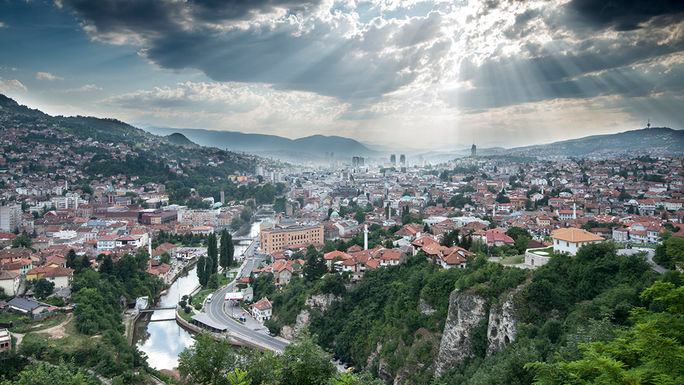
Choose the right places
As a general rule, the further your trip takes you into Central Europe, Eastern Europe, the Balkans, and even parts of the Baltics, the lower the prices will be. This is especially true if you venture off the beaten path in the off-season. Countries like Poland, the Czech Republic, and Slovenia offer all the attractions of their Western European counterparts without being as expensive. Prices drop even further when you head to Romania, Bulgaria, Serbia, and Bosnia and Herzegovina. You'll also find bargains in less touristy cities in Portugal, Lithuania, and Spain.
When planning an itinerary, always keep in mind that the more places you visit, the more you will pay for transportation between destinations. Staying longer in four destinations instead of visiting six will save you money, and who knows, you might get a better hotel rate if you stay four nights instead of one or two. Speaking of hotels…

A new AHLA survey finds that 55% of respondents believe inflation is likely to reduce their chances of staying in a hotel. (Photo credit: Courtesy of AdobeStock)
Save on sleep
When it comes to hotels, always try to book through the hotel’s official website rather than the big international booking sites. Often, the rates will be cheaper because the hotel won’t have to pay a commission. And whether you’re staying in a hotel or a rental apartment, look for places outside the city centre to save money. You may have to travel a bit, but the savings will be worth it. Camping and hostels are other popular options in Europe, and you’ll be surprised at how nice some of them are.
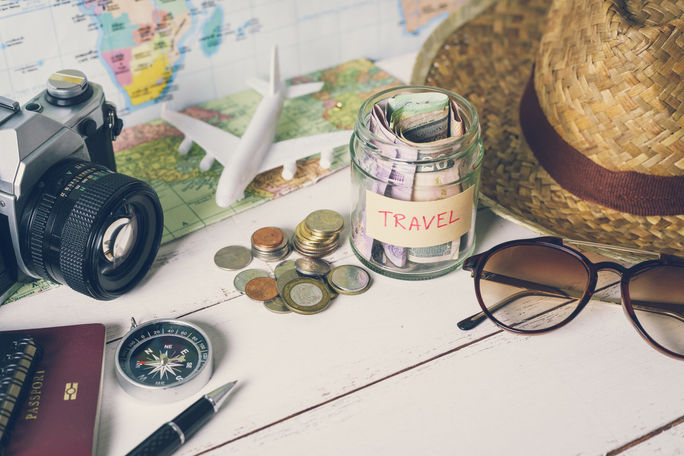
Saving money for travel (Photo credit: Kittiphan/Adobe Stock)
Avoid conversion confusion
Anywhere you can use plastic, do so, as credit and debit cards often have a better exchange rate than converting to cash. And whatever you do, when a vending machine or restaurant terminal asks you whether you want to pay in US dollars or the local currency, ALWAYS choose US dollars, or you will be subject to a bad conversion.

Passengers in a European train station (Photo credit: Eurail)
Make transportation work for your wallet
What is the cheapest way to travel around Europe? Prices can vary depending on current sales and when you book. While renting a car can be cost-effective for families and larger groups, trains and buses can be competitive when purchased in advance or as part of a rail pass. In short, to get the cheapest travel in Europe, book your tickets well in advance.
For the latest news, updates and travel deals, subscribe to the TravelPulse Daily Newsletter.

